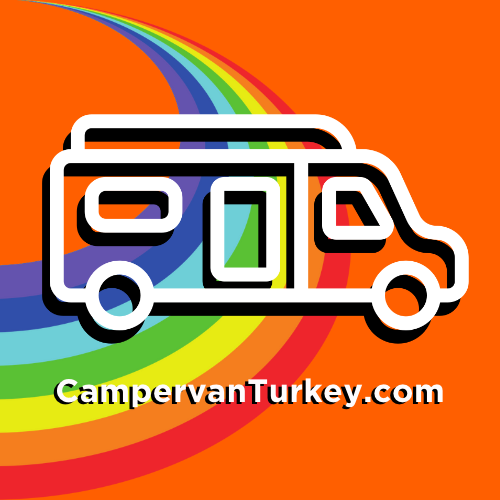What do I need to know / do to hitch a trailer to my car?
- Campervan Turkey
- Dec 12, 2022
- 3 min read
Before going on vacation, you are calculating the “stuff” you will take with you and you realize that the luggage compartment will not be enough… what to do? There the “little light” of luminous ideas is turned on. “I’ll put a trailer in the car and that’s it!”
Is it just a matter of putting the tow ball “tied” a trailer and that's it? It probably won't be that simple. It is good to know several details before deciding to buy the tow ball and trailer. Find out everything you need to tow a trailer to your car here.

What do you need the trailer for?
Before buying or renting a trailer or caravan, there are several things you need to know. For starters, the weight your car can pull. Consult the vehicle's instruction manual, inquire at a brand dealer or consult the technical data sheet for your model online.
Plus, will you be using the trailer a lot? Will it pay to buy, or will it be more advantageous to rent for a certain period? Will you only use it in national territory or also when traveling abroad? Calculate your needs well so you don't spend more than necessary.
Don't forget the insurance
In order to legalize a trailer, you will need to have insurance for it, which can be separate from your car insurance, or be included in it. If it is included, the policy will include a towing service. In case there is no such inclusion, there will be explicit information in the policy referring to the exclusion of towing service, being mandatory the inclusion to legalize a trailer and to be able to circulate legally.
Please note that if the trailer is linked to your car insurance, it will only be under insurance when connected to your car. If you take out towing insurance separately from your car insurance, it will be insured against damage caused to third parties, even without being attached to your car, as the trailer has its own insurance.
How to hitch and precautions with cargo
In terms of equipment, at the very least, a hitch ball joint is required to which what you intend to tow can be hitched. In some cases you will also need an electrical outlet. The socket will be used to “power” the rear, direction and stop lights of the trailer or caravan, connecting them to those of the car.
Remove the ball joint cover, if present, lift the hitch locking handle and fit it onto the carriage ball joint. Then release the lock handle. If there is adjustment on the trailer or caravan , raise it to its highest position, lower the hitch and secure it.
Very important, put on the safety chain immediately. If you have an electrical outlet, plug in the electrical plug and check that all the lights are working. If possible, while you are not practiced, ask someone with experience to help you with the towing operation.
The load must be evenly distributed on both sides, and longitudinally it is advisable that the heaviest weight is in front of the trailer, as close to the vehicle as possible. Make sure that everything in the trailer is securely stowed so that it will not come loose, causing damage and causing the trailer to become unbalanced when in motion. Never overload a trailer. Cover the load and never carry passengers .
Also know that…
If the trailer weighs more than 800kg, or to be able to drive a trailer, if the combination of the trailer and your vehicle exceeds 3500kg, you will need a driving license with category BE . Otherwise, category B will be enough to drive legally.
This category does not have a mandatory theoretical or practical component, only a practical exam is carried out and scheduled . In carrying out the practical exam, the candidate must:
• Demonstrate knowledge and carry out verification of the coupling mechanism, braking system and electrical connections. You should know how to safely carry out vehicle loading operations and other necessary operations, namely with cargo compartment doors, cab locking, loading process and cargo lashing.
• Starting off after parking, driving on straight and curved roads, with vehicle crossings, driving through roundabouts, pedestrian crossings and uphill and downhill slopes with at least 8% of incline. Approach and cross intersections and junctions. Carry out direction change, lane pre-selection, change and driving in multiple lanes.
• Drive economically and ecologically, taking into account the revolutions per minute and the correct use of the gearbox, among other specific precautions.
• Take the necessary precautions when leaving the vehicle.
In case of doubt, do not hesitate to contact Campervan Turkey in order to avoid illegal movement with your trailer. If you do, you are subject to high fines, in addition to all the problems that come with it.


